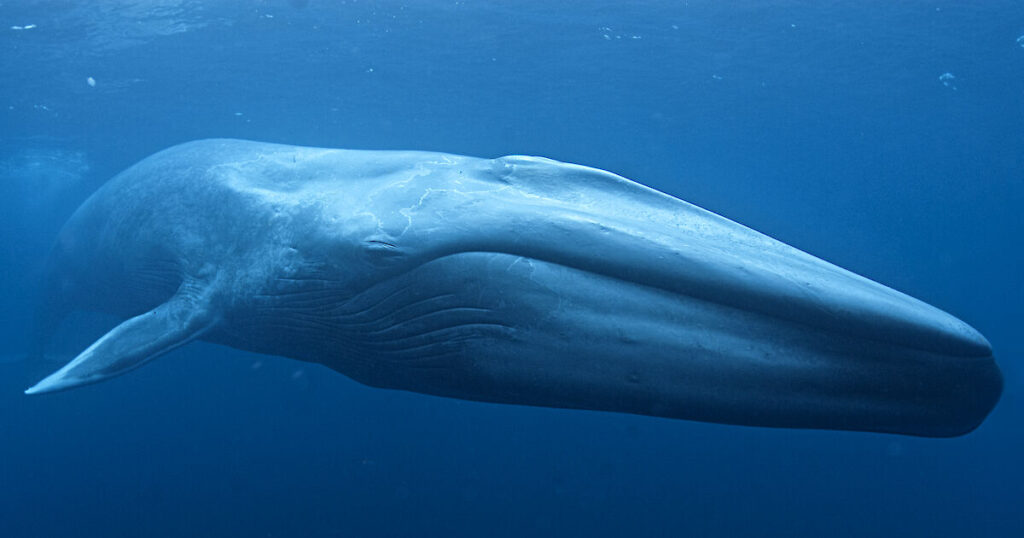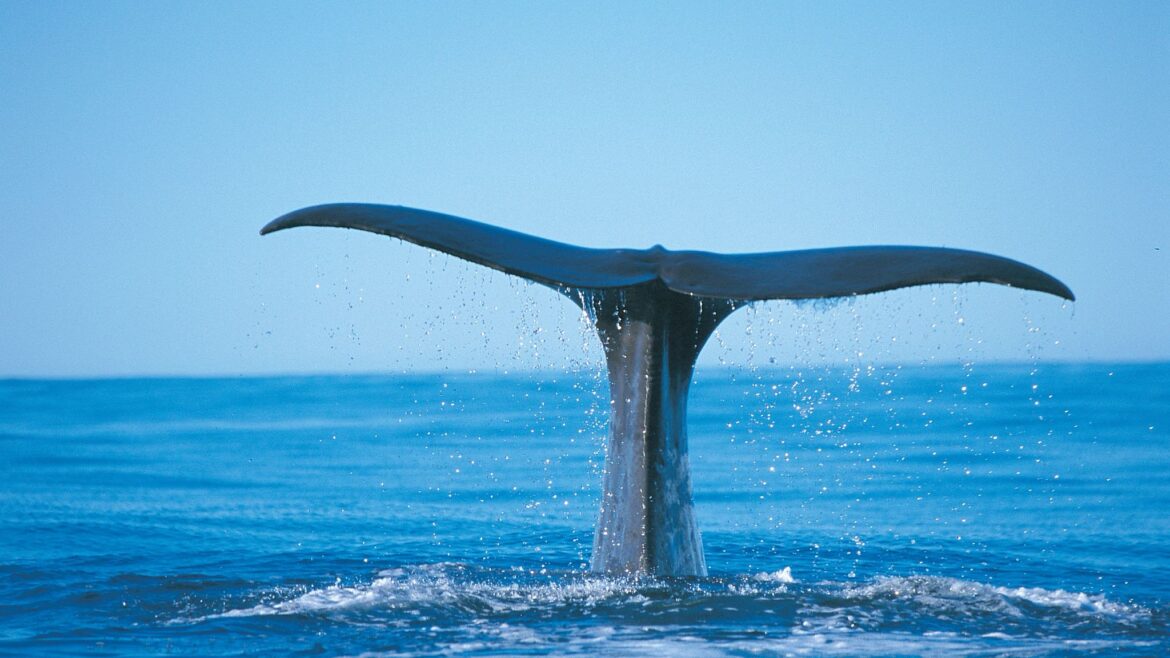The ocean is home to some of the most magnificent creatures on the planet, but none are as awe-inspiring as the biggest whale in the world. This gentle giant dominates the waters, showcasing its grandeur and fascinating characteristics. In this blog, we will explore the details of the largest whale species, its habitat, diet, and intriguing facts that make it a marvel of the marine world.
The Blue Whale: The Ocean’s True Giant
The largest whale in the world is the blue whale (Balaenoptera musculus), holding the title for the heaviest and longest animal ever known to have existed. These majestic creatures can grow up to 100 feet (30 meters) in length and weigh as much as 200 tons. To put that into perspective, a blue whale can weigh as much as 33 elephants combined.
Physical Features of the Blue Whale
Blue whales are characterized by their massive, streamlined bodies with a blue-gray coloration. Their undersides often feature a mottled pattern that makes each whale unique. A prominent feature of these whales is their incredibly large heart, which alone can weigh as much as a car! Their tongues can also weigh nearly as much as an elephant.

Unique Adaptations
- Blowholes: Blue whales have two blowholes, allowing them to expel air forcefully, creating a spout that can be seen from miles away.
- Baleen Plates: Instead of teeth, blue whales have baleen plates that help them filter-feed tiny krill from the ocean.
- Loudest Sounds: The calls of a blue whale can reach up to 188 decibels, making them the loudest animals on Earth.
Habitat and Distribution
The biggest whale in the world is found in oceans across the globe, from the Arctic to the Antarctic. Blue whales prefer deep waters and migrate seasonally, moving to colder regions in search of food during the summer and heading to warmer waters for breeding in the winter. Their vast range makes them an essential part of the oceanic ecosystem.
What Do Blue Whales Eat?
Despite their enormous size, blue whales feed primarily on krill, tiny shrimp-like creatures. A single adult blue whale can consume up to 4 tons of krill in a day. They use a method known as lunge feeding, where they swim into dense schools of krill with their mouths wide open, taking in large quantities of water before filtering out their prey using their baleen plates.
How Do Blue Whales Communicate?
Communication is crucial for blue whales, as they use low-frequency sounds to interact with each other across vast distances. These vocalizations serve various purposes, including navigation, finding mates, and alerting others of potential dangers.
Conservation Status and Threats
Unfortunately, the largest whale in the world faces numerous threats, including:
- Whaling: Although commercial whaling has been banned, historical hunting drastically reduced their population.
- Climate Change: Rising ocean temperatures and acidification impact krill populations, directly affecting blue whale food sources.
- Ship Strikes: Collisions with large vessels pose a significant threat to these whales.
- Noise Pollution: Increased human activities and underwater noise disrupt their communication and navigation.
The Importance of Blue Whale Conservation
Conservation efforts have been put in place to protect the biggest whale in the world. Marine sanctuaries, international treaties, and stricter regulations on shipping routes help minimize risks to their populations. Organizations like the International Whaling Commission (IWC) and the World Wildlife Fund (WWF) continue to work towards the preservation of these magnificent creatures.
Fascinating Facts About the Blue Whale
- A blue whale’s heart can weigh up to 400 pounds, the same as a small horse!
- Their blood vessels are so large that a human could theoretically swim through them.
- They can live for up to 90 years.
- Blue whales give birth to calves that weigh nearly 3 tons at birth.
- Their tongues alone weigh more than most elephants.
Conclusion

The biggest whale in the world continues to captivate researchers and marine enthusiasts alike. As the largest whale in the world, the blue whale plays a crucial role in maintaining the balance of the ocean’s ecosystem. Conservation efforts are vital to ensuring the survival of this magnificent species for future generations to admire and study.
FAQs
Q1: What is the biggest whale in the world? A: The blue whale (Balaenoptera musculus) is the biggest whale in the world, reaching up to 100 feet in length and weighing around 200 tons.
Q2: What is the largest whale in the world? A: The largest whale in the world is also the blue whale, recognized as the biggest animal to have ever lived on Earth.
Q3: How much does a blue whale eat in a day? A: A blue whale can consume up to 4 tons of krill daily.
Q4: How long do blue whales live? A: Blue whales have an average lifespan of 70 to 90 years.Q5: Are blue whales endangered? A: Yes, blue whales are classified as endangered due to past whaling, ship collisions, and environmental changes affecting their food sources.

